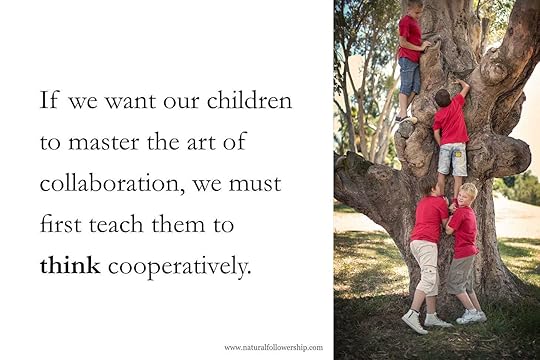Think Collaboration Is Important in Business?

Have you ever met a manager, CEO, or business owner who seriously argues that collaboration between employees is a waste of time? I haven’t. On the contrary, I’ve met plenty of managers who claim that collaboration is one of the most important factors for success. Studies confirm this—good teamwork and collaboration “significantly improve efficiency and productivity” (https://doi.org/10.30574/wjarr.2025.25.2.0343).
How well people collaborate determines what they can achieve together. Some teams defy all odds and perform far beyond what anyone thought possible. Then there are teams that, on paper, have all the qualifications for success but still manage to fail miserably.
We humans are remarkably skilled at complex collaboration, but that doesn’t mean we’re born with perfect collaborative abilities. Like any skill, collaboration must be explored, practised and refined—a lot. With that in mind, how much time have you and your colleagues spent deliberately improving your collaborative skills?
Start EarlyConsidering how important collaboration is, I’m surprised we don’t spend more time practising it. In today’s hyper-individualistic society, people are often encouraged to focus more on their own performance than on that of the group to which they belong.
It starts in school. As I state in my book, Why We Follow: Natural Followership in a World Obsessed with Leadership:
“We say we want our young to learn how to collaborate, but once our kids start school, they realize that they are evaluated, tested, graded, and compared to one another as if they’re competing in a lifelong contest. By the time they graduate, most of them will be convinced that life is all about positioning oneself in a hierarchy.”
In other words, instead of priming our children to think in terms of collaboration, we’ve built systems that encourage self-interest. Even team efforts—like group work—are often individualistic, since students know that their personal performance can either boost or drag down their individual grades.
If we want children to master the art of collaboration, we must first demonstrate that cooperation is a trait we genuinely value. That means not only teaching collaborative skills but also creating structures that reward collaborative behaviour. If students are primarily measured on individual performance, that’s exactly what they’ll focus on.
 Collaboration at Work
Collaboration at WorkMost workplaces aren’t much better. For some illogical reason, companies will gladly invest in leadership training while offering little or no training on collaboration. Why?
Add to that the fact that few organizations take the time to audit their own structures for behaviours or systems that undermine collaboration. What structures do you have in place today that might encourage self-centred behaviour? Do you use individual bonus systems or competitions that pit employees against one another? Do you spotlight individuals instead of teams through initiatives like “Employee of the Month”?
My point is this: We can’t claim that collaboration is important and then make no effort to develop it. If you truly believe collaboration is vital for success, why not commit to improving it where you work?
Next step?
If you want to improve collaboration at work, start by exploring how you perform within these areas:
Shared vision and goals
Look at any high-performing team, and you’ll see members who genuinely share a common goal. What’s it like in your workplace? Do employees truly share the same vision?
Embrace differences
Don’t fear disagreement—embrace it. Differing opinions broaden a group’s perspective and provide more data points than homogeneous teams can offer.
Active listening
Pay close attention when others speak. You already know your own thoughts—start by understanding what others are thinking. Ask questions, seek clarification, and ensure everyone has the chance to contribute. Don’t interrupt, and be patient when it’s not your turn.
Strive for consensus
Reaching consensus means that everyone can accept a decision, even if it’s not their favourite. It doesn’t require full agreement—just enough alignment to move forward together. To build consensus, work backwards: eliminate the least favourable ideas first, then the second least, and so on until one viable option remains.

 Natural Followership NewsletterRedefining leadership. Rethinking Followership.By Christian Monö
Natural Followership NewsletterRedefining leadership. Rethinking Followership.By Christian Monö



